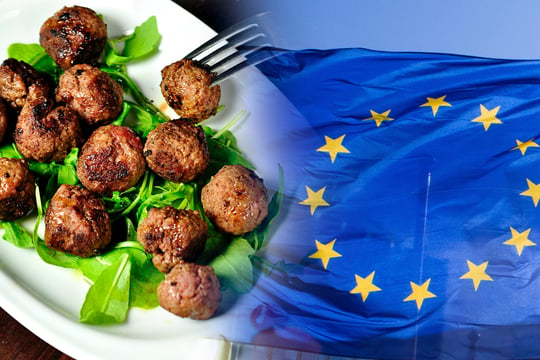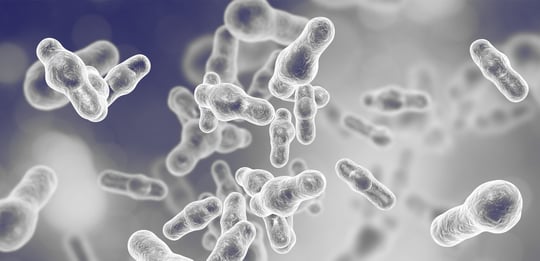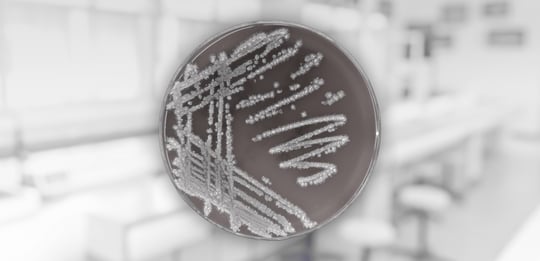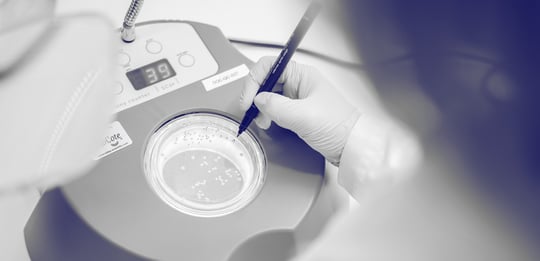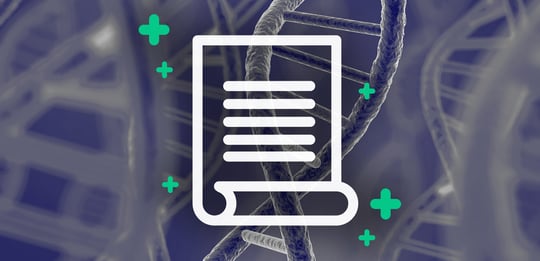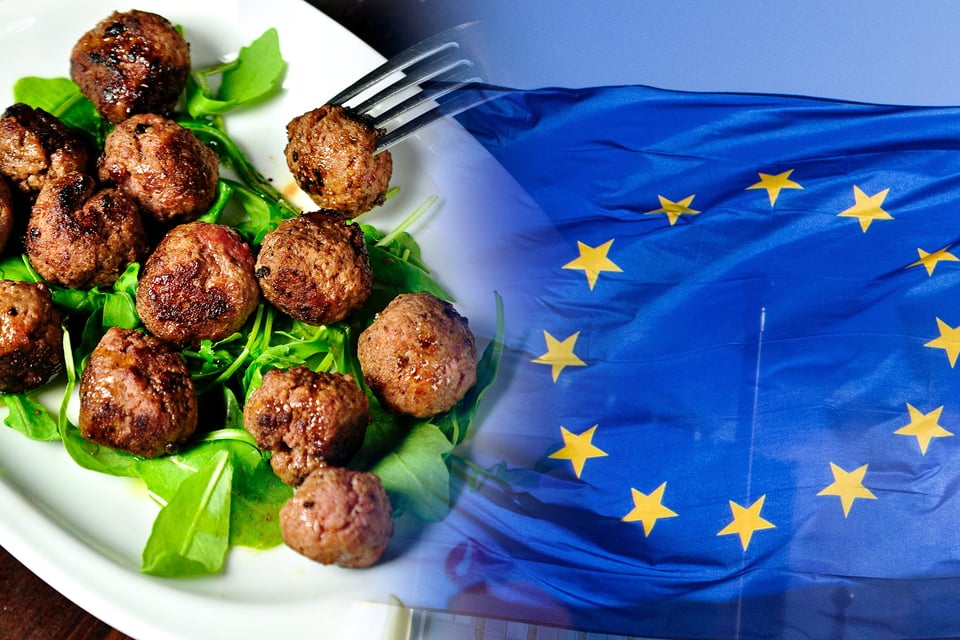
January 27, 1997 was a historical date for European food legislation. Regulation (EC) No 258/97 on novel foods and novel food ingredients - The Novel Food Regulation - was published.
For the first time the safety assessment and authorisation of novel foods, or foods that had not been consumed before to a significant degree in the European Union, were outlined. Novel foods, as defined by the Regulation, could come from four sources: 1) actual food innovations, 2) microorganisms, 3) plants or animals that had not been propagated in traditional ways, or 4) genetic modification. The Regulation was interpreted to also include foods traditionally consumed in third countries but with no history of safe use in the EU.
Before and after EFSA
In those days the European Food Safety Authority (EFSA) had not yet been established. Therefore, national competent authorities, i.e organisations that have legally delegated or invested authority from the state, had a key role in safety evaluation. The criteria on how to assess the safety of foods or food ingredients had not been developed, and while the system worked reasonably well, it obviously was not optimal.
The establishment of EFSA in 2002, the specific regulation (EC) 1829/2003 defining the specific authorization of genetically modified food and feed, the experiences of the regulatory process and advances in food technology and food biotechnology, all created pressure to revise the Regulation. However, it was not before 2015 that the updated Regulation (EU) 2015/2283 was published.
What is so novel about the Novel Food Regulation (EU) 2015/2283?
First of all, the present Regulation establishes the central role of EFSA in the safety assessment of novel foods. The process is now identical to the EFSA Scientific Panel process with other regulated products, the panel doing the assessment being The Panel on Nutrition, Novel Foods and Food Allergens (NDA) in the case of novel foods.
Second, the definitions of novel foods are updated and also include engineered nanomaterials. The Regulation also establishes a Union list of authorized novel foods. But most importantly, it introduces distinct regulatory pathways i) to establish, whether the food is actually novel or not, ii) to provide a notification pathway for traditional foods from third countries and iii) for actual novel foods. These pathways are briefly described below.
Pathway I: Is your food novel or traditional?
Sometimes it may be difficult to decide, whether food innovations result in a novel food or not. Therefore, a consultation process is introduced (article 4 of the Regulation), by which an applicant can obtain the opinion of the competent food safety assessing authority of the member state, in which the food is first intended to be placed on the market.
This process was further formalised by the implementing Regulation (EU) 2018/456, which defines the content of the technical dossier that should accompany the consultation request. The outcomes of the consultations were made available on a Commission website.
Pathway II: What about traditional foods from third countries?
For traditional foods from third countries, the applicant may resort to a notification procedure defined in Section II of the Regulation: the applicant should submit to the Commission a notification containing the information defined in article 14 and the specific EFSA Guidance on the preparation and submission of the notification and application for authorization of traditional foods from third countries in the context of Regulation (EU) 2015/2283. The Commission shall then ask the competent authorities of the member states for more information. If no reasonable objections are presented, the Commission shall include the food in the Union list of novel foods.
If there are objections, and if the applicant so wishes and has addressed the safety concerns, the Commission turns the matter over to EFSA, and the procedure after that is similar to that of any other regulated product. However, it should be noted that the data requirements do not involve any actual safety studies. It focuses instead on the composition, history of use in the third country, and the nutritional consequences if the novel food might replace an established European food.
Pathway III: The case of actual newly discovered foods
This is, naturally, the most complicated and challenging alternative of novel foods. The data requirements are described in detail in the relevant EFSA Guidance on the preparation and submission of an application for authorization of a novel food in the context of Regulation (EU) 2015/2283; revision 1.
The compositional, toxicological and nutritional data required can be quite extensive. However, the extent of toxicological studies varies highly on a case-by-case basis. As a rule, a minimum battery of genotoxicological studies and a 90-day oral repeated dose study on rodents are generally required, with all the complications that testing a whole food might incur.
And a bit of practical advice for applicants
The administrative and regulatory hurdles that an applicant faces with a potential novel food may look formidable. But do not despair. The national competent authorities and EFSA are there to assist you. And so is Biosafe. A well-charted route to the actual authorisation of your product can be outlined and your application piloted to the market.
The world is open to innovations.
We have a webinar on this topic

Novel Foods: novel or not,
that's the question
A webinar will be held on February 15, 10 AM EET (Eastern Europe), 9 AM CET (Central Europe). If the time is not right for you, we recommend signing up anyway. We will send a recording of the event to everyone who has registered.
Topic:

